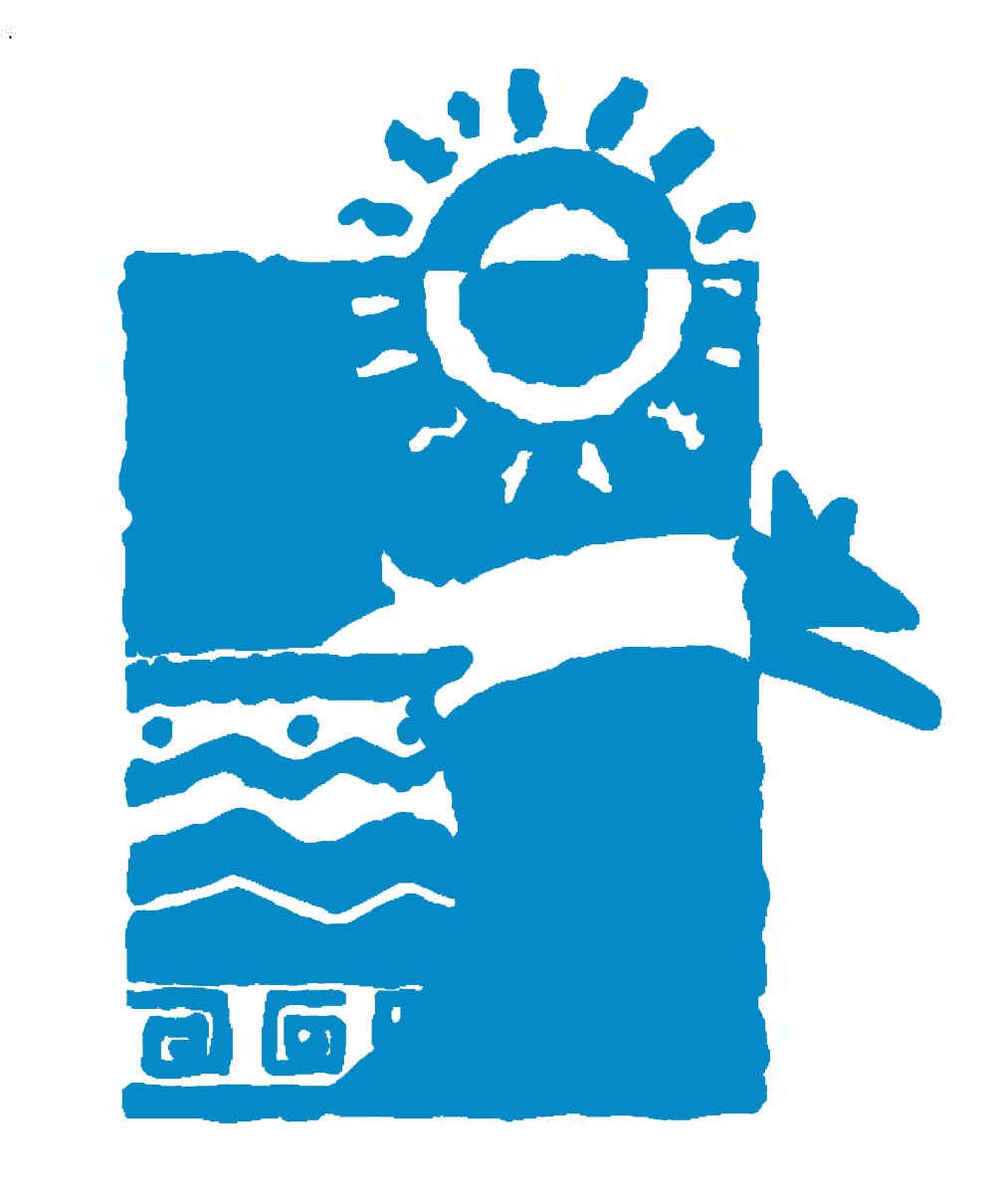[Source: William C. Thornton, Special to the Arizona Daily Star, 2/16/2012] – The Arizona Parks Heritage Fund may be the best investment of state lottery dollars you’ve never heard of. Enacted by voters in 1990, the Heritage Fund directed $20 million to be divided equally each year between State Parks and Game and Fish. It’s also worth noting that the $10 million state parks heritage fund money often served as seed money for matching grants. Thus the total yearly impact was typically $20 million or more.
Parks grants have developed new parks, and built and improved trails, campgrounds, picnic facilities, boat docks and ramps. Historical restoration grants have helped preserve important parts of our rich cultural heritage including our own beloved Mission San Xavier del Bac, the White Dove of the Desert.
If you hunt, fish, hike, camp, boat, picnic or share my love of Arizona history, the Parks Heritage Fund has benefited you. Moreover, the Parks Heritage Fund has helped fuel the economic engine that brings dollars and supports jobs.
A 2007 study estimated that 224 jobs were directly supported by Parks Heritage Fund grants. Heritage-funded improvements to parks and historic sites help attract more than 2 million visitors, about half from out of state, who add $266 million to our state’s economy each year and support an additional 3,000 jobs, mostly in rural areas that have been among the most heavily impacted by the economic downturn.
In response to the economic downturn and decline in tax revenue, the Legislature swept the state parks allocation into the general fund in 2010 and, inexplicably, eliminated the fund in July 2011.
Now, thanks to Rep. Russ Jones, a Republican from Yuma, voters may be given the opportunity to restore this fund, which has benefitted every community in our state. If enacted by the Legislature and approved by voters, HCR 2047 will reinstate language and lottery funding for the state parks heritage fund into Arizona law. (Editor’s note: Reps. Steve Farley and Matt Heinz, both Tucson Democrats, are also sponsors, as is Rep. Ted Vogt, a Tucson Republican.)
It passed its first committee hearing unanimously with strong bipartisan support, but many hurdles remain before it can be referred to voters. Reinstatement of the parks funding is not a partisan issue. It isn’t a liberal-conservative issue. It’s common sense and sound business practice, a win-win for outdoor recreation, historical restoration and Arizona taxpayers.
It’s our Heritage. Let voters decide.
Contact your lawmakers. Tell your representatives in the Arizona Legislature your views. Go to www.azhouse.gov or to www.azsenate.gov online. Call the Tucson legislative office at 398-6000 or call Phoenix toll-free at 1-800-352-8404.
William C. Thornton is a member of the board of directors for the Arizona Heritage Alliance. Email him at cactusworld@msn.com

